Do you want to know how to write a campaign? Looking for tips for writing a D&D adventure? If you’re playing Dungeons and Dragons (DND) or other tabletop RPG game, you can be sure that there’s more than just rolling dice and slaying monsters. Here I’ll discuss some tips for creating compelling stories that will keep your players engaged.
From world building to plot development, I will cover as much as I can without getting bogged down in the technical details. If you’re looking for RPG writing tips, you’ve come to the right place!
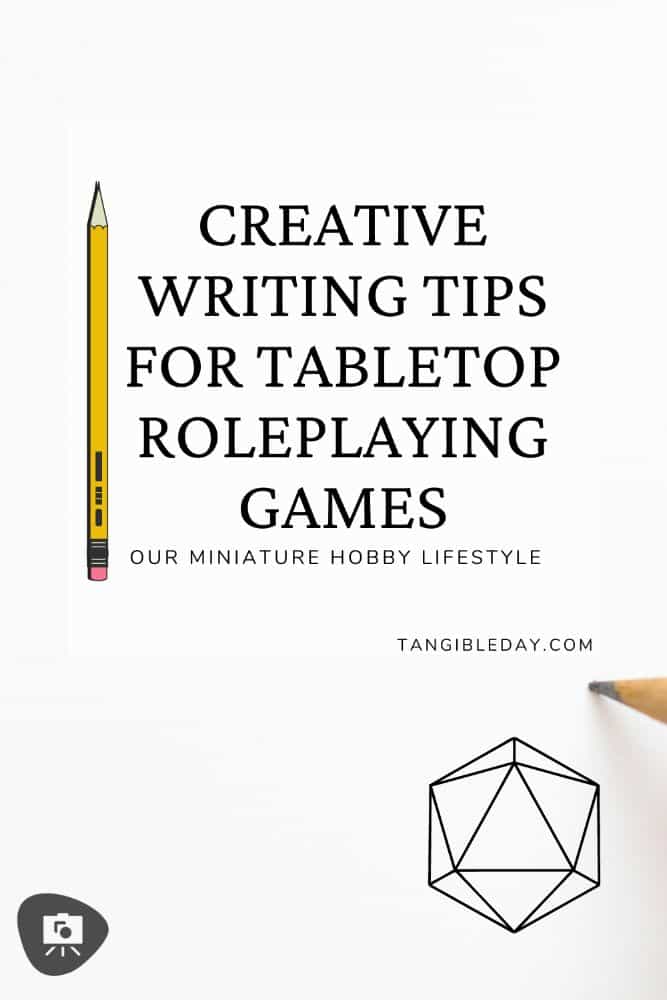
Quick Note: This article will focus on helping dungeon masters (DM) or game masters (GM) write better stories for their games. Homebrew TTRPG campaigns can be awesome, but they can also be hard to keep players engaged in. If you are a player, some of this information may be useful to you, but ultimately it is up to the DM/GM to create an interesting story. That being said, let’s dive in!
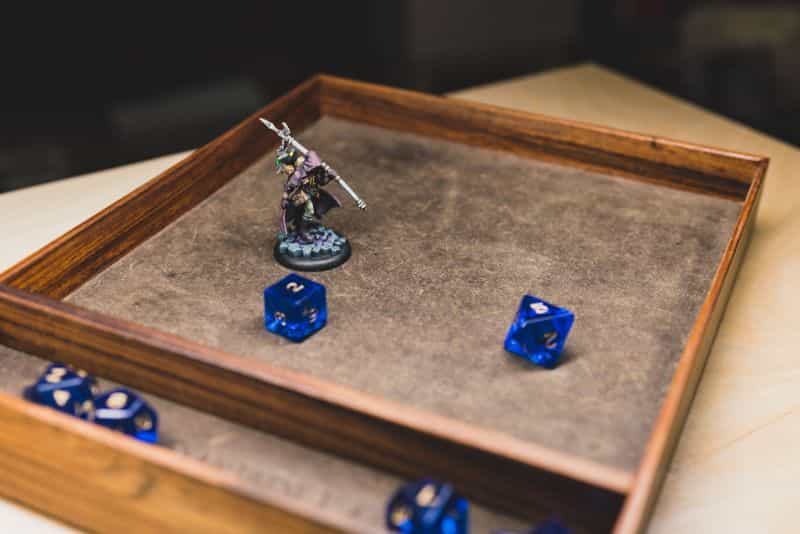
World Building: How to Create Place and Time
One of the most important aspects of any story, whether it be in a book, film, or game, is the world in which it takes place. The same is true for tabletop RPGs. Your world is the foundation upon which your story will be built. Without a well-constructed setting, your tale is likely to crumble.
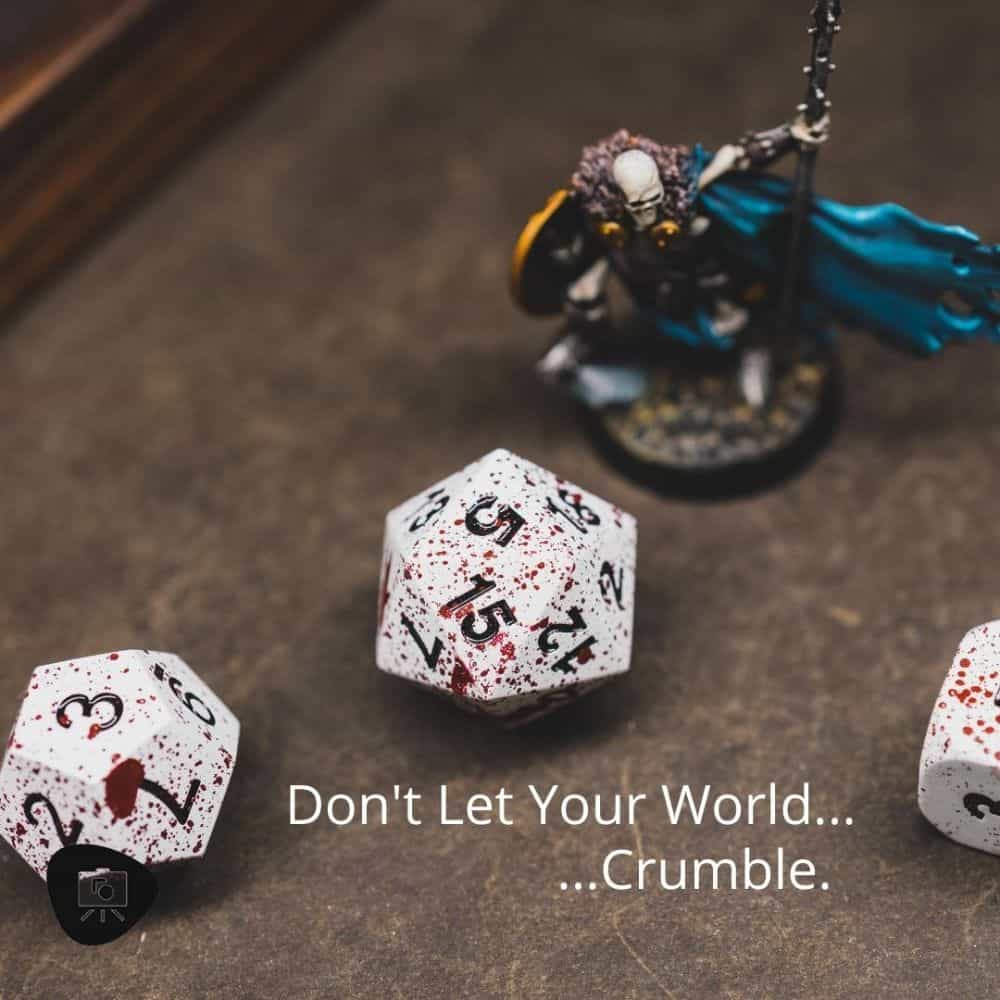
When creating a world for your RPG, it is important to consider the following:
- The time period in which your story takes place. Is it a medieval fantasy world or post-apocalyptic wasteland?
- The location of your story. This can be as specific as a city or as general as a continent.
- The people who inhabit your world. What are their cultures and customs? How do they interact with one another?
- The creatures that populate your world. This includes both friendly and hostile beings.
- The magic or technology present in your world. This can be anything from simple spells to advanced gadgets.
Once you have a good understanding of your world, you can start to develop the plot of your story.
Plot Development: How to Create Conflict and Resolution
Now that you have a firm grasp on the world in which your story takes place, it’s time to start developing the actual plot. In order to do this, you need to create conflict and resolution.
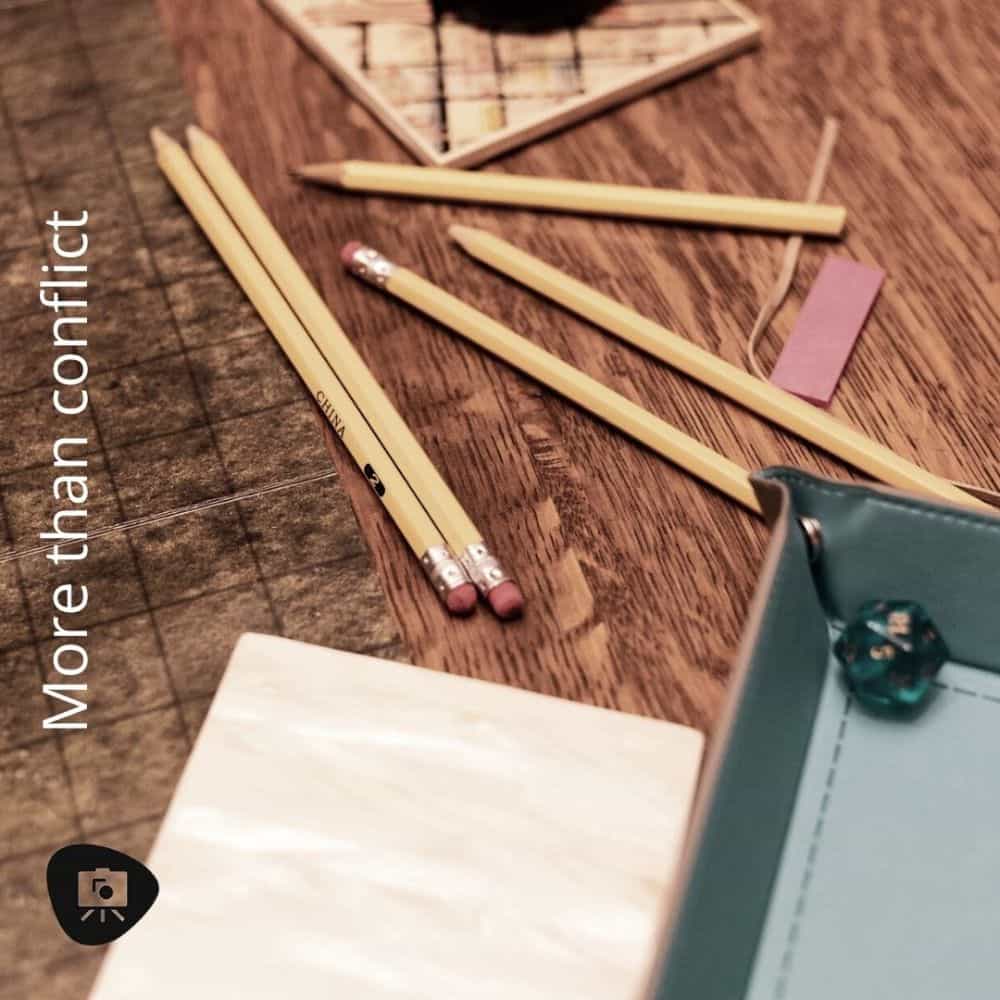
Conflict is the driving force of any story. Without it, there is no story. Resolution is the conclusion of that conflict. It is what brings your story to a close.
There are many different types of conflict you can use in your story. The most common are:
- Person vs. person: This is the classic fight between good and evil.
- Person vs. nature: This type of conflict pits the main character against the elements, whether it be a raging storm or an active volcano.
- Person vs. society: In this type of conflict, the main character is at odds with the norms of their culture. They may be trying to overthrow an unjust government or break free from a restrictive religious order.
- Person vs. self: This is the internal conflict that all characters must face at some point in their lives. It is the battle between what they want and what they believe is right.
Now that you’ve decided on the type of conflict, you need to start fleshing out the details. Who are the main characters? What do they want? What is standing in their way?
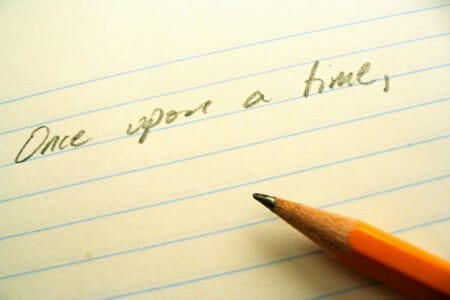
Character Building: How to Create Memorable Characters
In order to write a compelling story, you need to create characters that your players will remember long after the game is over. There are a few things you should keep in mind when creating characters:
Flawed characters are more interesting than perfect ones. Give your characters flaws and weaknesses. This will make them more relatable and sympathetic to your players.
The main character should be someone the players can identify with. They should be able to see themselves in the main character.
Supporting characters should be well-rounded and three-dimensional. They should have their own goals, motivations, and conflicts.
Your characters should grow and change over the course of the story. They should be affected by the events that take place.
By following these tips, you can create characters that your players will love and remember for years to come.
Storytelling: How to Put It All Together
As you develop your story, keep in mind that it should have a beginning, middle, and end. The beginning should introduce the conflict and the main characters.
The middle should be the bulk of the story, where the conflict is explored and the characters grow and change. The end should resolve the conflict and give the story a sense of finality.

If you can manage it, your story should also have a central theme. Although not necessary for every tale, a theme can give your story a sense of cohesion and make it more memorable. Here are 20 common narrative themes from stories you’ve probably heard, seen, or read.
Note, however, it is important that you know that a theme can only go so far. It cannot be used to resolve all the conflicts in your story. And, a theme can’t be used to magically make everything happy in the end. A theme should be used as a guide, not a crutch.
If I were to sum up effective storytelling, I would say that having some type of overall message or moral of the story goes a long way to having an emotional, intellectual, and durable impact on your audience, players, or readers.
It can be challenging to keep this throughout a dynamic RPG campaign–anything can happen in an RPG adventure–but it’s worth it if you feel like your story is saying something. Whether your players are successful or not during gameplay, they should feel like they’ve learned something from your story.
Other Quick Notes for Creative Storytellers
When you are ready to start writing your story, there are a few things to keep in mind:
- Start with a bang. The first few scenes of your story should be exciting and set the tone for the rest of the tale.
- Don’t info-dump. When you are introducing the world and its lore, do it in a way that is interesting and engaging. Dumping a bunch of information on your players will only bore them.
- Leave room for improvisation. No matter how much you plan, there will always be things that don’t go according to plan. Be prepared to improvise and go with the flow.
As you develop your story, keep in mind that it should have a beginning, middle, and end. The beginning should introduce the conflict and the main characters. The middle should be the bulk of the story, where the conflict is explored and the characters grow and change. The end should resolve the conflict and give the story a sense of finality.
And that’s it! These are just a few tips to help you get started with writing a compelling story for your tabletop RPG.
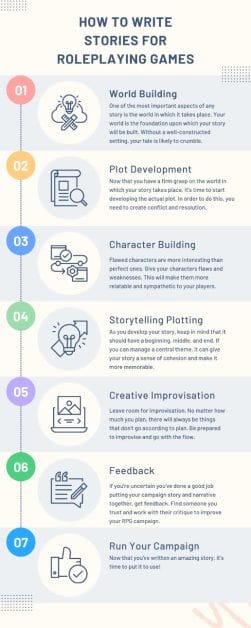
How to Use Your Story to Run Your RPG Campaign
Now that you’ve written an amazing story, it’s time to put it to use! Here are a few tips on how to use your story to run your RPG campaign:
1. Plan Your Story Ahead of Time
This may seem like an obvious one, but it’s important to plan your story ahead of time. Make sure you know the basics of your plot and what you want to accomplish. This will make running your campaign much smoother.

2. Use Your NPCs to Advance the Plot
Your non-player characters (NPCs) can be a great tool for advancing the plot. Use them to introduce new quests or tasks for the players to complete. You can also use them to provide information or clues that the players might not otherwise have.
If you’re using miniatures, make sure you paint them and give them a bit of color so they “pop” off the table! RPG miniature characters, terrain, and scenery can help immerse your party in your story.
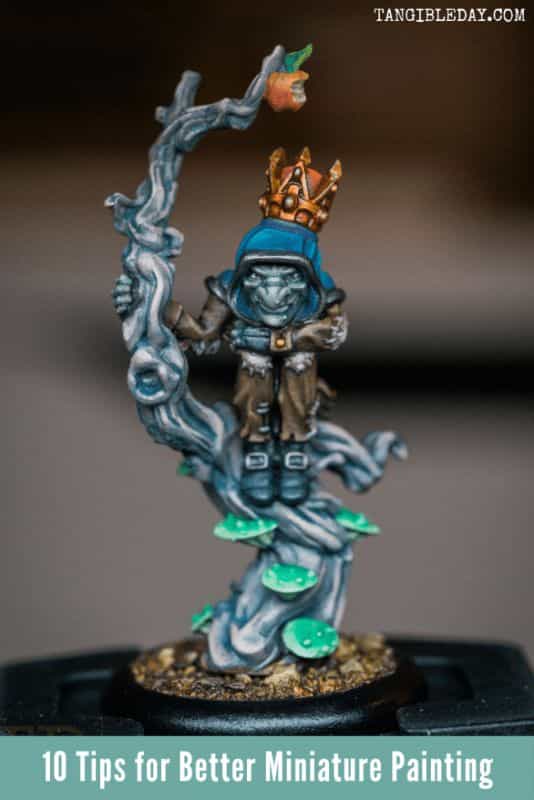
3. Give Your Players Choices
One of the great things about RPGs is that the players have a lot of freedom to choose how they want to play the game. As the GM, it’s your job to give them choices that will affect the story. For example, you can give them the choice to side with one NPC over another.
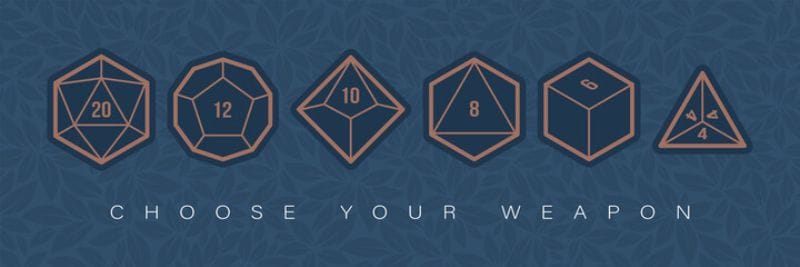
4. Don’t Be afraid to Change things Up
The beauty of RPGs lies in their flexibility. If there is a need to alter something in your story, don’t hesitate to do so. The worst-case scenario is that the players may not approve of it, and you can always switch it back.
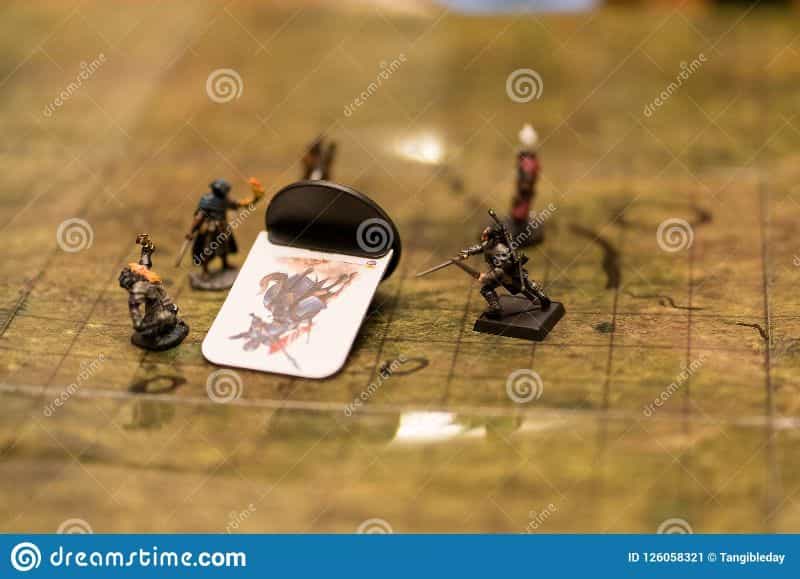
5. Have Fun!
Running an RPG can be a lot of work, but it should also be enjoyable. Remember to have fun with it and your players will too.
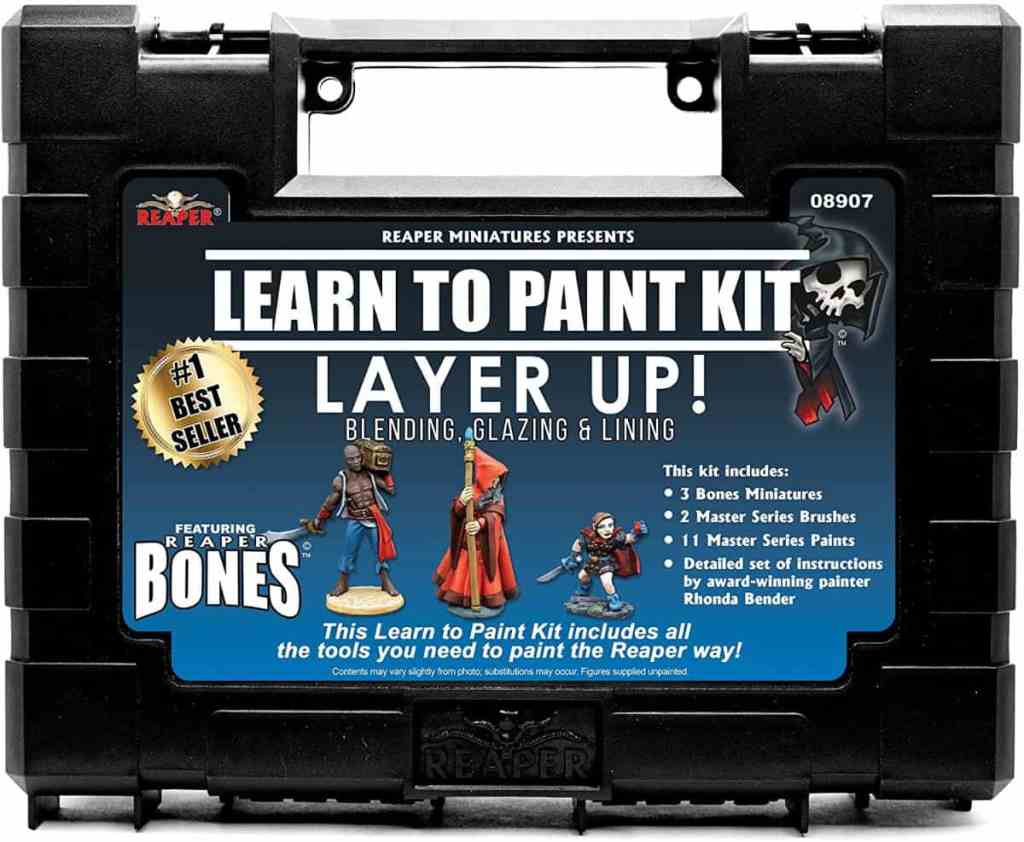
Final Thoughts
Writing a compelling story for your tabletop RPG can be a daunting task, but it’s definitely doable with a little planning and effort. Just remember to keep the basic structure of a story in mind, create interesting characters, and give your players choices.
If you do all of this, you’ll be well on your way to writing an amazing story that your players will love. Thanks for reading!

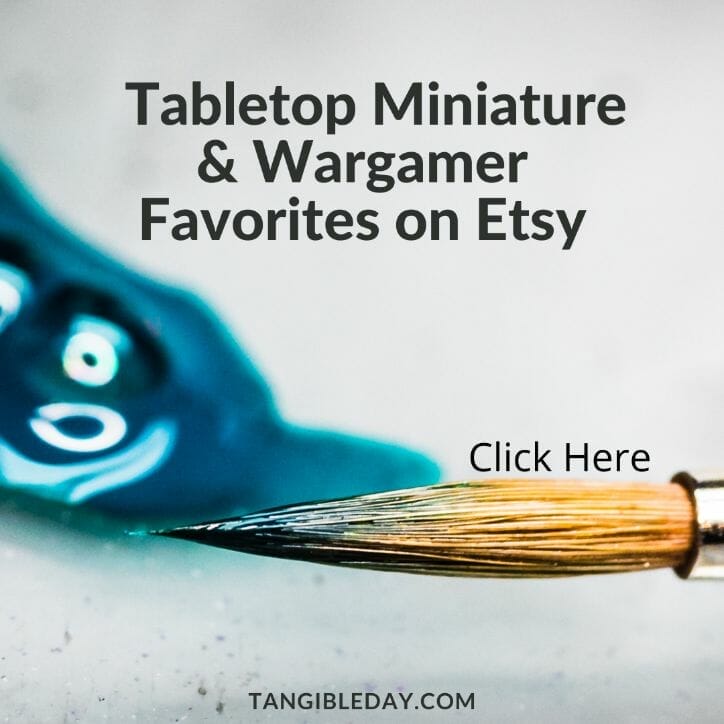
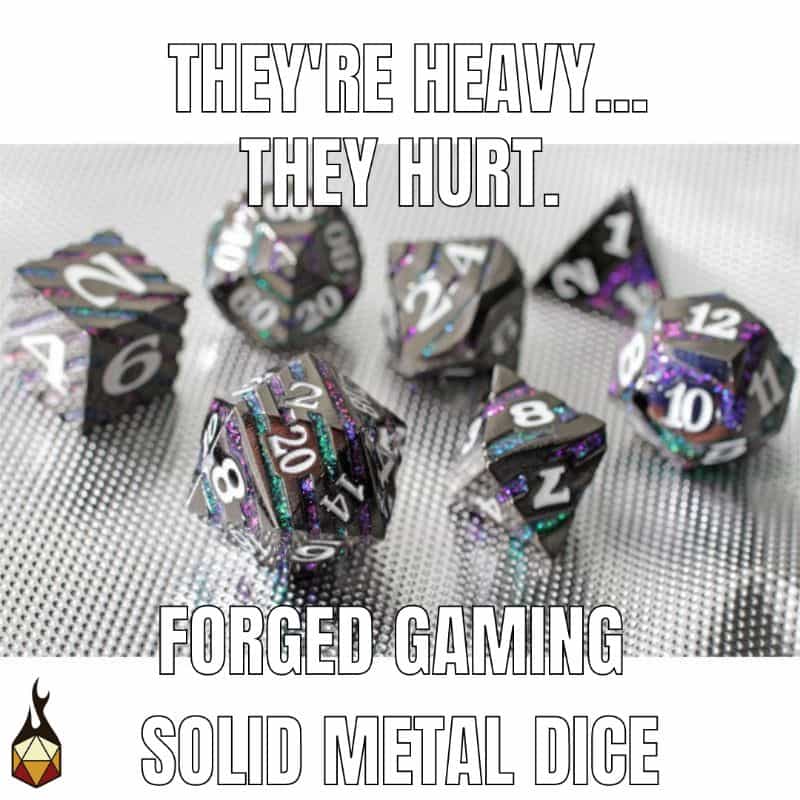


Tangible Day on YouTube (Miniatures and More!)
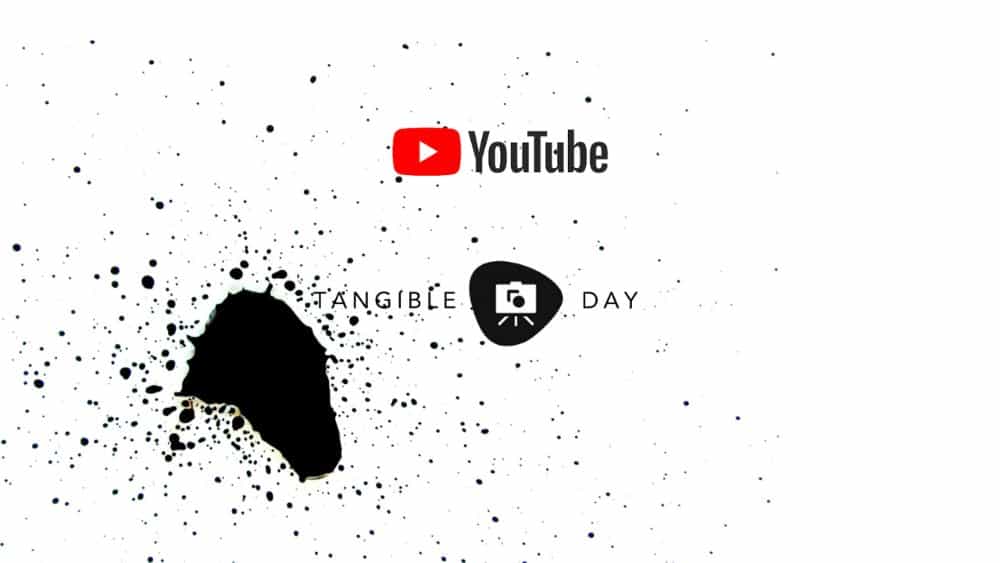
Pingback: The Art of Improvisation in Role Playing Games -
Pingback: How to Overcome Writer’s Block (Tips for DMs and Wordsmiths) – Radical Fish Game